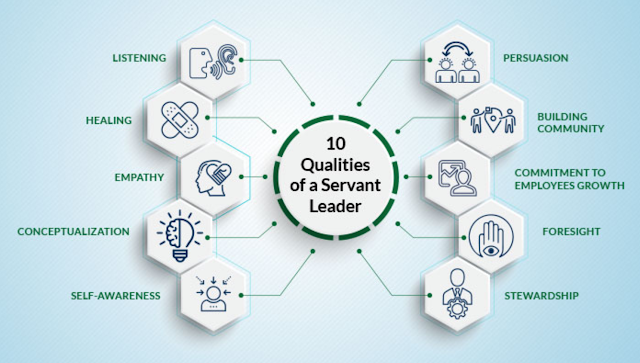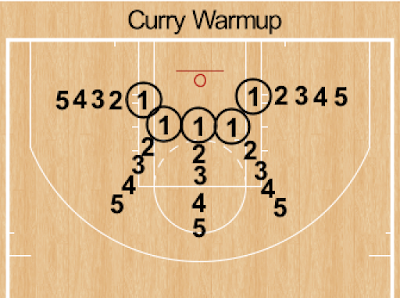Don Meyer modeled basketball excellence and championship character through servant leadership.
Servant leadership. What does it mean? How does a servant leader differ from traditional leaders?
Let's drill down to its essence, instead of a laundry list.
From Matt Rocco
1. Service. It's about us, not about me. "Are we building a statue or a program?" Humility not ego drives the process.
2. Leadership. Servant leadership empowers others instead of concentrating power.
3. Community. It enriches knowledge, character, and craft - family, team, organization, city.
Servant leaders model shared goals, shared sacrifice, and shared credit. Their process grows individuals and teams, raising new, selfless leadership.
Key points:
- Look to the name (service through shared leadership)
- Humility drives the process.
- Leadership empowers others.
- The whole community reaps the benefits.
Lagniappe: (from the playbook) Horns Criss-cross
Lagniappe 2: (? Dean Smith) "The greatest compliment a team can be paid is when another coach tells his own team that if the effort is not there tonight we will lose because they play so hard."
Lagniappe 3: Humility is hard to achieve. Ben Franklin said, “There is perhaps no one of our natural passions so hard to subdue as pride. Beat it down, stifle it, mortify it as much as one pleases, it is still alive. Even if I could conceive that I had completely overcome it, I should probably be proud of my humility."
Lagniappe 4: Mental model, Occam's Razor: "Never multiply things beyond necessity."
































